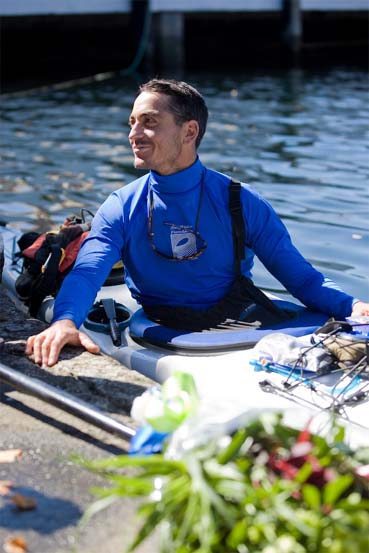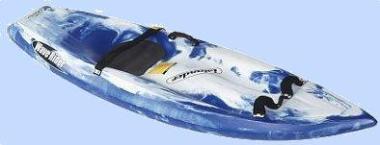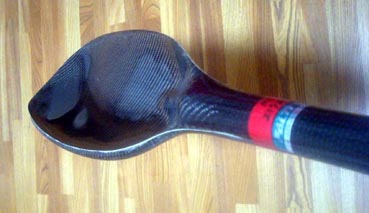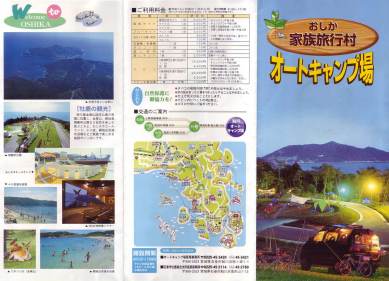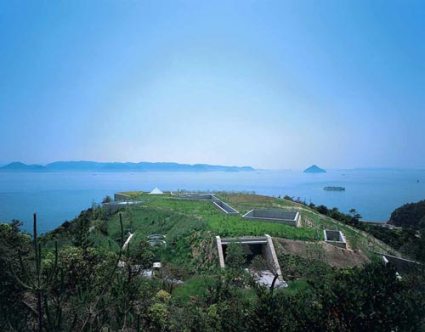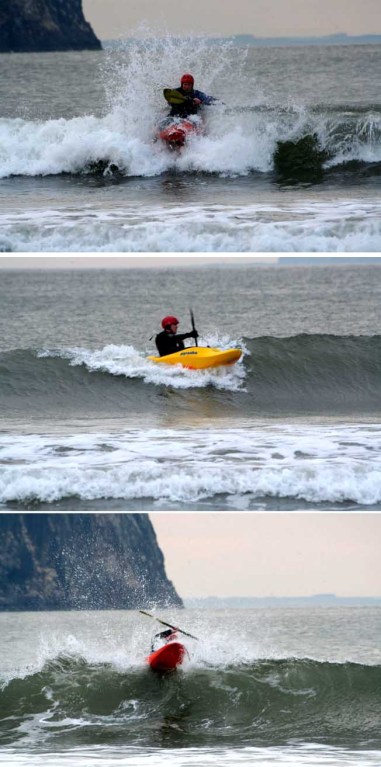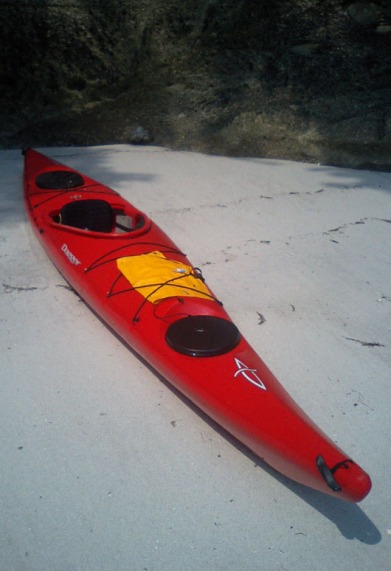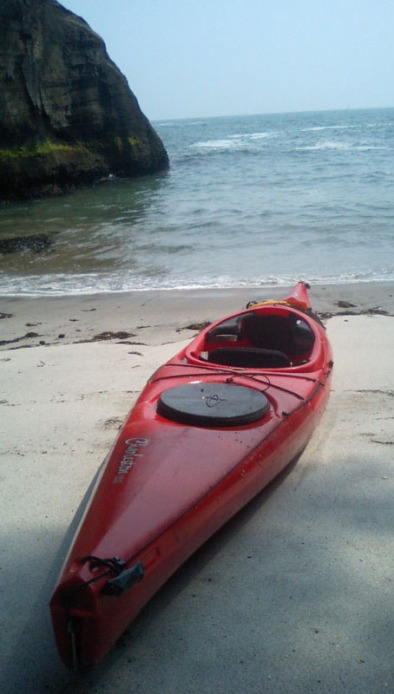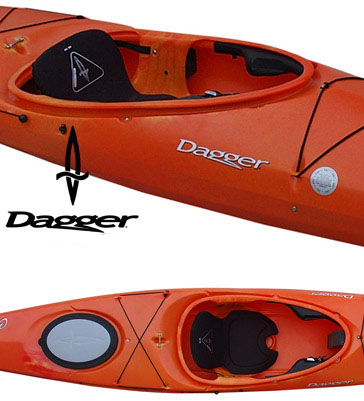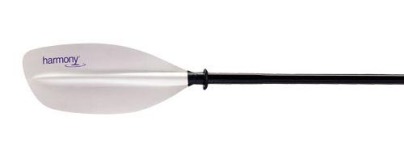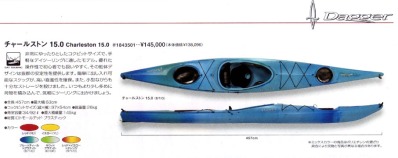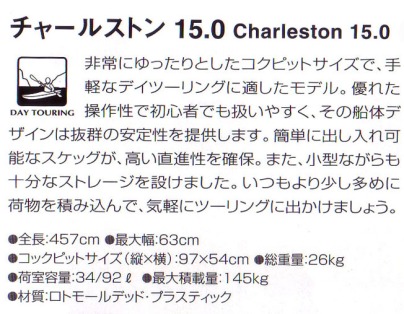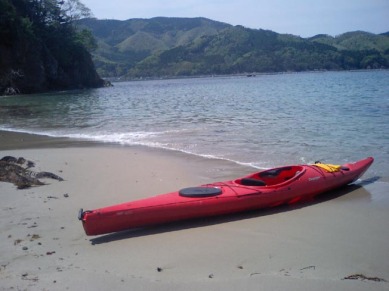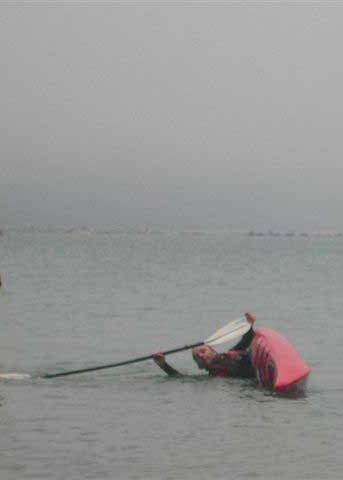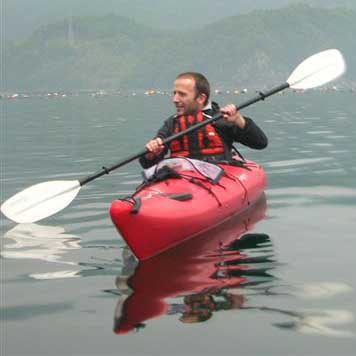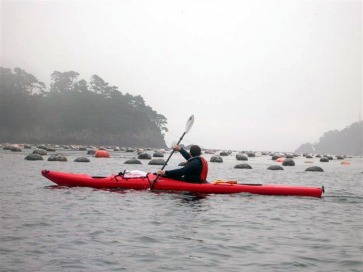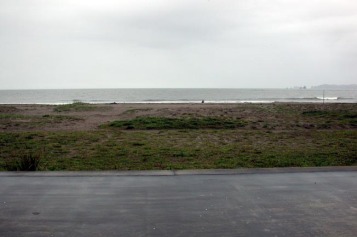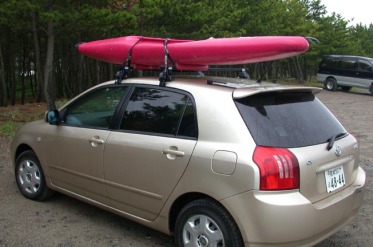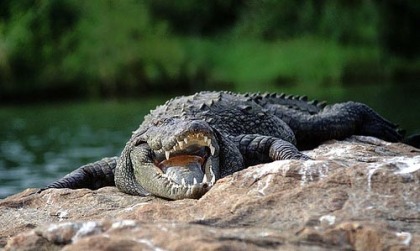I’m very late but finally tracked Simeon Michaels down again. He was quoted in this article talking about the disappearnce of Andrew McAuley back in February his comments seemed very good to me:
Mr Michaels did not want to speculate on the cause of Mr McAuley’s disappearance, but said exhaustion would have played a part.
“You spend a lot of time out on the ocean and it becomes really hard to focus (mentally). I can only imagine what it would be like after a month … Your thinking is not as sharp as usual. If you’ve been out on the water for 10 hours it’s really difficult to make a good decision.”
“What (Mr McAuley) was up against was the cumulative effect of a month of exhaustion and it looks like, without any damage to kayak, that that has caused whatever happened to happen.”
Mr Michaels, whose kayak is not set-up for sleeping, said he had 10 or 12 rest days since beginning his journey five weeks ago. He said he could not imagine paddling for 30 days without being able to rest or stretch properly.
“I find it really important to get out of the kayak and just stand up once a day. If I can pull in for a lunch break and just walk around, even for 15 minutes, that makes a huge difference to the next four hours’ paddling.
“The fact (Mr McAuley) can’t just get up and walk around would have been incredibly physically draining. Your body is not designed to sit and lie down.”
He finished his 2000km trip on March 21st.
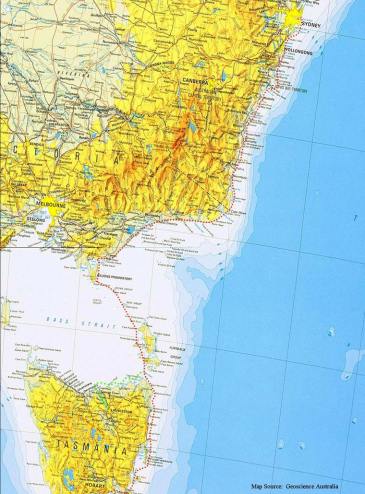
route map.
His blog has some interesting stories:
Thursday, 1st Feb: Leaving Mallacoota
Pulling out of Mallacoota the Easterly was starting to build, and with a forecast 20 knot seabreeze and 4-6 foot of SE swell I was looking forward to a great day of wave riding. The wind and swell built to 20 knots, then just kept building. Before I knew I was in a 30 knot “breeze” pushing an 8-12 foot swell.
The sea was a seething, heaving mass of whitecaps, waves were breaking all over my laden kayak, and with the endless beaches of this coast, there was nowhere to land. I’d also made the mistake of packing my storm weather gear out of reach. By the time I neared Point Hicks I was cold and tiring, and hoping I could find somewhere to pull in. It didn;t look good, in fact, the approach to Point Hicks was a horror show – waves exploding on the rocks of the point and on reefs well out to sea. With so much “action” it would would be easy to paddle straight onto a reef. Shipwreck conditions. I gave the Point itself a wide berth, hoping to avoid outlying reefs, and also hopnig that I would then be able to paddle back and find some shelter behind it. Rounding the lighthouse I started to come into the wind shadow, but the swell was wrapping around headland and standing up in massive breakers before smashing into rocks. Did I mention that it was low tide on the full moon?
I was considering just paddling on through the night when I spotted a tiny cove wedged between rocks behind the headland. Hoping to time the sets I cut across the swell, paddling for all I was worth, glancing over my shoulder waiting for the “armageddon” wave. I made the shelter of the cove before anything came around the corner. Later, I walked up to the lighthouse to warm up and shake out the tension. Seeing the fury of the ocean from this high vantage, I couldn’t believe I’d just been out there. Towards dusk later the began to drop, and the close-out sets were replaced by the most perfect waves I’ve seen in a long time. If only I had a surf board!
Instead I watched the waves peel unridden and golden in the sunset, ate a huge meal and had a great night’s sleep on a sand dune.
Friday 2nd February
Like most rivers, the Bemm deposits lots of sand where it exits to the ocean, and when river flow is low and the entrance closes, this leaves a shallow “bar” of sand out to sea, then a channel, then another bar on the shore. This gives you two sets of breakers to negotiate, with waves rising out of deep water to crash on the shallow bars. Its much more difficult than your standard beach landing, a feature of this coastline which makes it so difficult to negotiate.
On the way in my timing was perfect. I waited out the sets and rode in on a medium sized one, also avoiding being crunched in the smaller but nastier shorebreak.
By the time I’d had a massive lunch, the tide had dropped a bit, and in addition to the big waves breaking out the back, the medium sized ones were now crunching down in the channel. That meant that there was no hanging around in the channel to time an escape between sets, I just had to go. Having said that, the big ones out the back were mostly crumbling, with only the odd monster breaking top to bottom.
I got through the shorebreak, got through the channel, got over what I thought was the outside break.
And then I saw it.
The armageddon wave I’d avoided yesterday had found me.
There was nowhere to go. In the hope that I could get over it I paddled for all I was worth, but it just had my name written on it. As the front of the kayak rose up the face in slow motion, I watched the lip curl over and come down on me from a huge height. I was picked up like a toy, turned upside down, flung backwards, dragged underwater and pulled out of the kayak.
Gathering my wits and possessions, I figured that the wave was such a freak that there probably wouldn’t be another breaking that far out. Luckily I was right about that, and I managed to swim the kayak out, then I hopped up on the deck and paddled it with a very waterlogged cockpit past the breakers. Safe and in the warm sunshine beyond the breakers, I was pumping out the cockpit and thinking what fun it had been when I saw two big gashes in the side of the kayak. The pressure of the wave had “creased” the kayak, and on one side the glass had split completely. Leaving it structurally vulnerable, and taking on water.
It was then that I was very grateful for my decision to swim the kayak out rather than go back in and start again. There is almost no doubt that if I’d gone back through the channel and the shorebreak, the kayak would have broken up completely.
As it was, the Pittarak, famed for its toughness, had survived where just about anything else would have broken in half straight away.
Paddling those 20ks, water sloshing around my legs in a half smashed kayak, and a wrecked car to deal with in Eden, was a real low point in the trip.
Michaels arriving in Hobbart:
